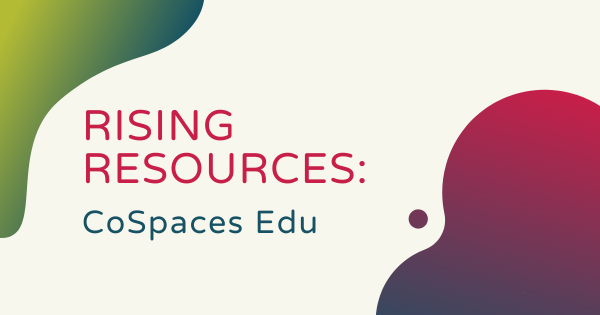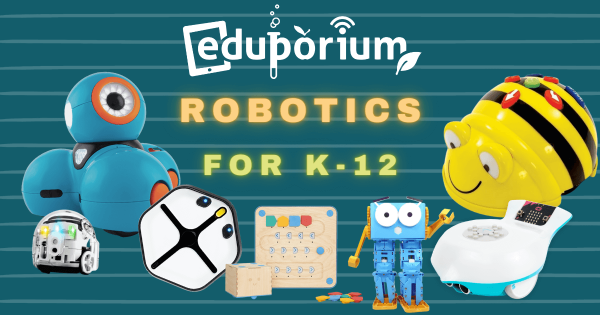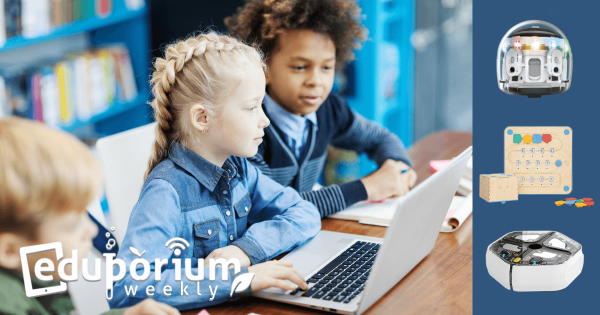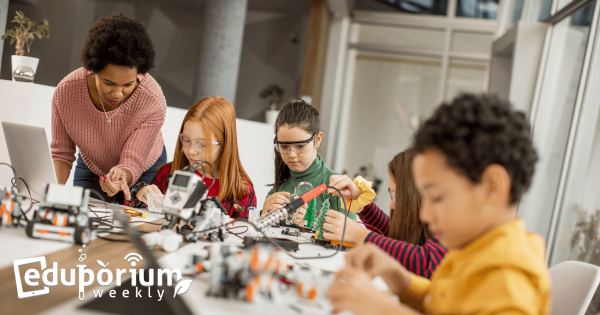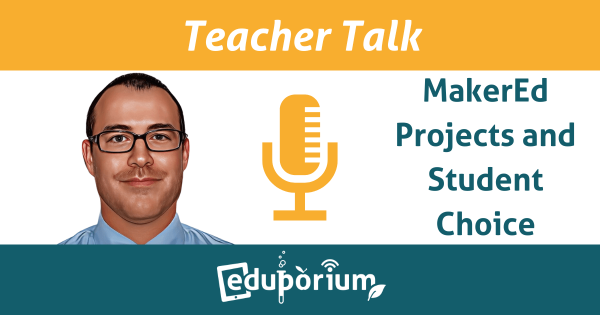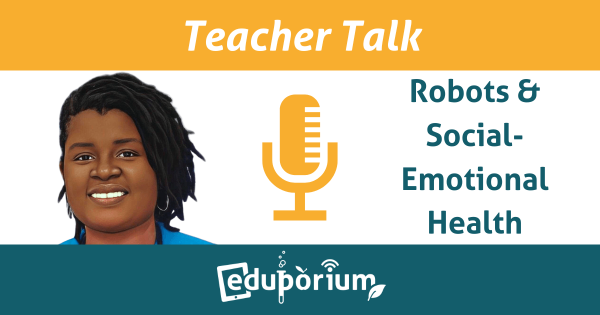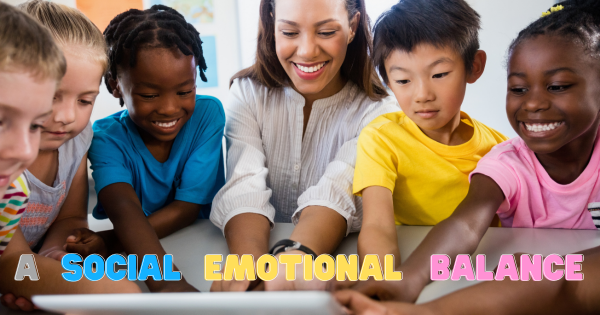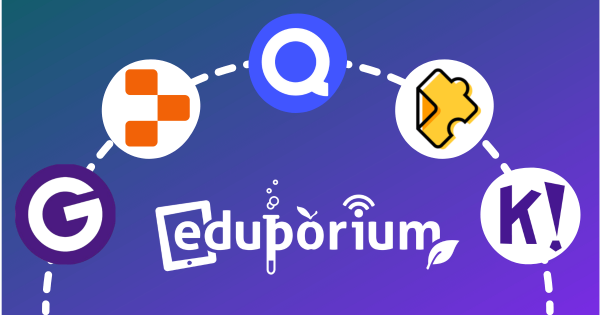A part of medicine, agriculture, research, and more, drones are increasingly prevalent in a wide range of fields. Therefore, it’s more necessary than ever to integrate them into STEAM education. Using these five options, children can combine drone piloting with coding, engineering, and design. They will build obstacle courses, code choreography, and have fun with STEM!
Search results for 'afterschool stem'
-
Rising Resources | The CoSpaces Edu App
Besides creating their own virtual reality content, students can also use the CoSpaces Edu app to explore coding. Within this online platform, they can access this Blockly editor for drag-and-drop programming practice. Called CoBlocks, this visual language is simple for beginners and, as children get better at creating programs, they can move on to script-based languages. -
Using Educational Robotics Tools Progressing From K-12
There truly is an endless number of elements to computer science and, as time has gone on, educational robotics solutions have evolved to help our teachers illustrate so many key coding concepts with various avenues for students to develop these skills. So, while some are designed for EarlyEd students (as early as Pre–K), others are complex enough for high school. -
Eduporium Weekly | Coding For Kids Of Different Ages
There are typically two primary options for younger kids (or older students) to get started with coding: either physical tools or digital tools. Most of our expertise involves the physical coding tools, including educational robotics kits, circuitry solutions, or even programmable drones. Especially following the remote learning era, however, there are also strictly virtual platforms. -
Eduporium Weekly | Makerspace Tips Across Grade Levels
If you mostly focus on introducing elementary school students to MakerEd, it could potentially involve a much more simplistic start. Then, once they’re into middle school, children can start to create their own valuable MakerEd experiences. And, by the time they transition to high school and more fully grasp the essence of making, it’s up to them to impact their -
Teacher Talk | MakerEd Projects & Student Choice
The versatility of maker education means students get more opportunities to choose how they learn best. For neurodivergent kids, underrepresented students, and others, MakerEd projects can improve engagement, agency, and retention. Makerspace director, Nicholas Provenzano, known as “The Nerdy Teacher,” shares benefits of those projects in this Teacher Talk post. -
Teacher Talk | Robots & Social-Emotional Health
The skills kids acquire through hands-on STEM activities can help prepare them to show resilience or emotional intelligence when they face adversity as well as helping them learn to navigate modern-day challenges. Dr. Pam Davis founded pop-up makerspace company, Wellbotics, and learned this early on. Here, she talks SEL, social justice, embodied learning, and more. -
Guest Blog: Writing & Plagiarism With ChatGPT
With AI tools like ChatGPT expanding in popularity, many teachers are now worried about their potential use as a plagiarism tool. One educator who is keeping an eye on that very issue is Daniel Sabol, a teacher and a librarian who’s passionate about teaching all students to properly use and cite their sources. Here’s his tips for detecting plagiarism with -
Helping Children Achieve Social-Emotional Balance In Learning
Students have dealt with a slew of varying emotions and all-new stressors since learning went remote amid the pandemic and plenty are still working back from that. Infusing MakerEd tools into new types of instruction is one solution that could help children restore some of that emotional balance so they can keep learning, express ideas, and share feelings comfortably. -
Top Supplementary Websites For The Classroom
As education evolves, so do the methods of enriching students’ classroom experiences. For example, gamifying learning can help boost engagement, coding prepares students for the future, and multimedia tools help enliven instruction. Plus, they all challenge kids to apply what they’ve learned. So, we compiled the best supplementary websites for your teaching toolbox.




